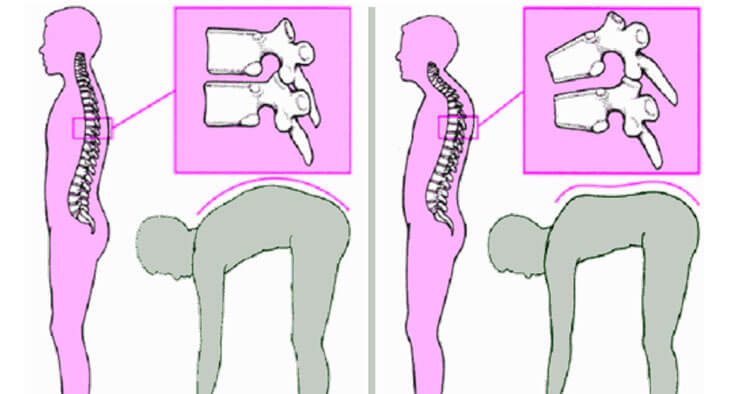Back and Joint Pain
Scheuermann’s Disease: A Developmental Disorder Of The Spine
What Is Scheuermann’s Disease?
Scheuermann’s Disease is a condition named after Danish surgeon Holger Werfel Scheuermann. A developmental disorder of the spine causing abnormal growth of the thoracic vertebrae (however not exclusive to the thoracic spine as it can also be found in the lumbar spine). Scheuermann’s Disease is self limiting, meaning it will not progress once skeletal maturity is reached. With this condition the posterior aspect of the vertebral body grows normally and the front “abnormally” developing more slowly leading to a distinctive wedge shaping of the vertebrae visualized on X-ray. This wedging of the vertebrae results in an increase in the curve in the midback, this curve is referred to as a kyphosis and when exaugurated as in Scheuermann’s disease is often referred to as a Scheuermann’s kyphosis. As well as the wedging of the vertebra there is also change at the interface between the intervertebral discs and the vertebra (known as endplate irregularities) where some of the intervertebral disc pushes into the vertebral body creating what are referred to as Schmorl’s nodes. These Schmorl’s nodes and wedged vertebrae seen on X-ray are the hallmark signs of Scheuermann’s Disease.
Some Signs And Symptoms
The curves of the spine are designed as such to help the body absorb the stresses of daily life. If the spines curves alter too much then it may result in mobility changes and pain. Scheuermann’s disease is a relatively frequent cause of spinal curve changes in young people and as a result is also a potential source of back pain in the younger population.
- Mild cases of Scheuermann’s disease are frequently asymptomatic and often incidentally diagnosed. Diagnosis is usually arrived on in the early or mid adolescence (10-15 yrs old) when symptoms are at their worst as children go through a period of considerable growth. Often attending their GP or a physiotherapist complaining of pain and are referred for a X-ray which uncovers the condition.
- During the onset of the condition the child’s posture often changes and normal back curvatures may become exaggerated. These changes can lead to an increased mid back kyphosis and some restriction in movement, especially into bending backwards (extension).
- The severity of any progression of the condition as far as postural changes and associated symptoms vary greatly from one individual to the next. Once full developed and the growth of the spine is complete, the progressive spinal changes cease and with it frequently symptoms also fully resolve.
- Pain, tiredness and muscle stiffness is common, with these symptoms often made worse as a result of activity, specifically when engaging in sports that require lots of twisting, or forceful arching and bending backwards. Sports such as gymnastics, cricket, volleyball, tennis or athletic field events involving these extension and twisting movements are likely to cause the individual discomfort.
Disclaimer: Sydney Physio Clinic provides this information as an educational service and is not intended to serve as medical advice. Anyone seeking specific advice or assistance on Scheuermann’s Disease: A Developmental Disorder Of The Spine should consult his or her physiotherapist, general practitioner or otherwise appropriately skilled practitioner.


